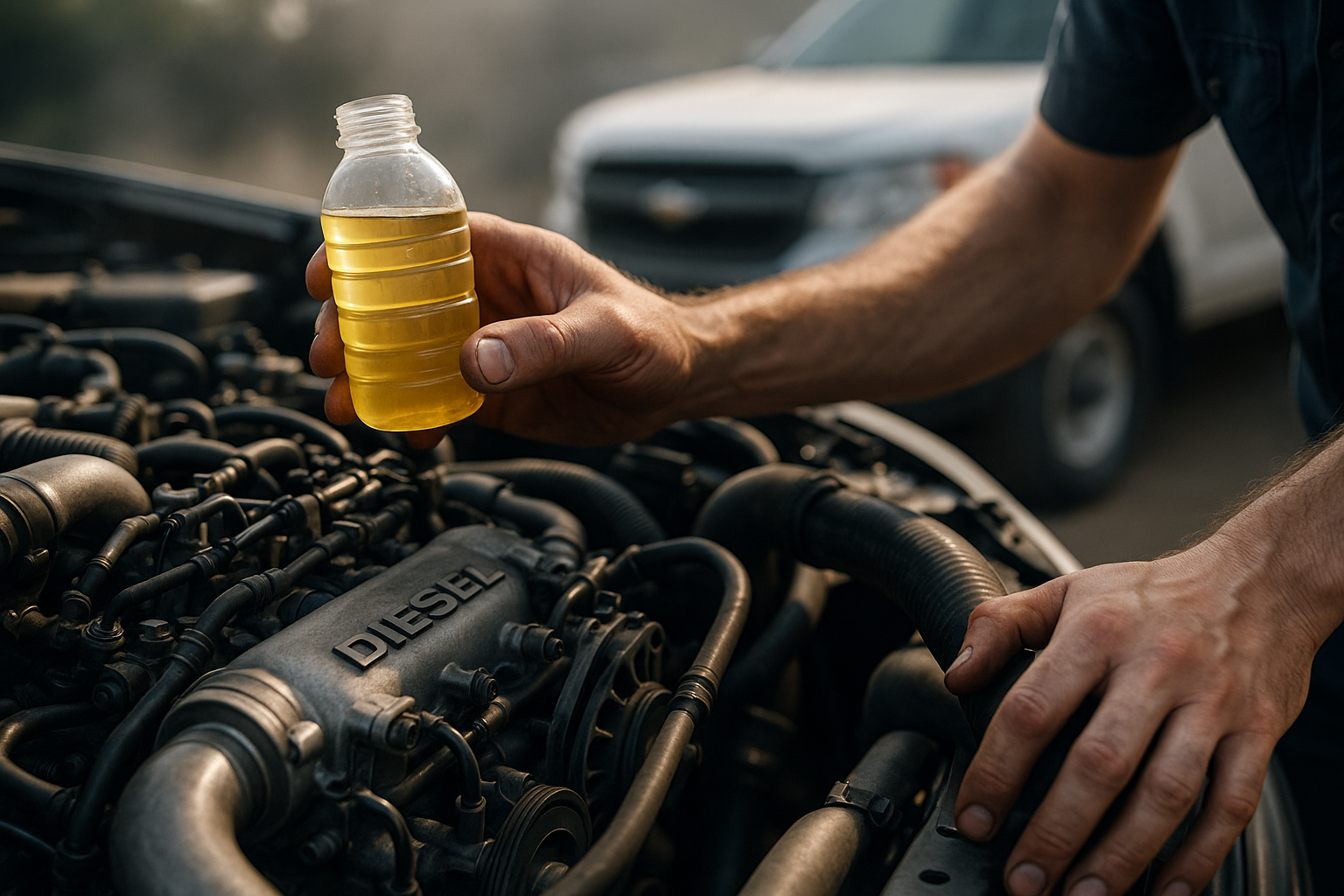Routine inspections that reduce repair costs and downtime
Regular inspections uncover small issues before they become major repairs, keeping vehicles reliable and reducing unexpected downtime. This short overview highlights how systematic checks—combined with targeted maintenance—improve efficiency, safety, and long-term resale value for conventional, electric, and hybrid vehicles.

Regular, systematic inspections are among the most effective ways to limit repair costs and reduce downtime for any vehicle. A planned inspection routine catches wear and irregularities early, enabling targeted maintenance that preserves fuel efficiency, prevents breakdowns, and supports safety standards. For fleet managers and individual owners alike, short regular checks save time and money by avoiding cascading failures and reducing the likelihood of emergency repairs.
What maintenance schedules improve efficiency
Establishing a clear maintenance schedule aligns oil changes, filter replacements, fluid checks, and brake inspections with manufacturer recommendations and real-world usage. Consistent maintenance keeps engines and drivetrains running closer to factory specifications, supporting fuel economy and lowering emissions. For combustion vehicles, timely oil and air filter changes reduce friction and improve combustion efficiency. For owners focused on resale value, maintaining service records demonstrates diligent upkeep and can support stronger resale outcomes.
How often should inspection be done?
Inspection frequency depends on vehicle age, mileage, and use. A basic visual and fluids check every month and a more comprehensive service every 6 months or 5,000–10,000 miles is a practical baseline for many drivers. High-mileage or commercial vehicles benefit from more frequent inspections, often scheduled by mileage milestones or telematics alerts. Inspections should include brakes, lights, belts, hoses, battery condition, and tire tread; addressing wear early prevents more expensive repairs and reduces unplanned downtime.
Tires, fuel, and safety checks
Tire condition and pressure directly affect safety, handling, and fuel efficiency. Regularly checking tread depth and inflation avoids uneven wear and improves braking performance. Fuel-system inspections—fuel filter replacement and injector cleaning where recommended—help maintain combustion efficiency and emissions compliance. Safety checks should verify that lights, seat belts, and airbag systems function properly; these inspections protect occupants and reduce liability concerns for commercial operators.
Electric, hybrid, and charging systems
Electric and hybrid vehicles have distinct inspection needs: battery health, cooling systems, charging port condition, and inverter/cable integrity all warrant regular review. For EVs, verifying the charging cable and port, monitoring state-of-health reports, and scheduling battery diagnostics can prevent unexpected range loss or charging faults. Hybrid powertrains require attention to both internal combustion components and electric subsystems. Proactive inspection of these systems reduces repair complexity and supports predictable availability.
Telematics, emissions, and resale impact
Telematics systems provide real-time insights that make inspections more efficient: fault codes, battery metrics, and driving behavior data let technicians target repairs faster, reducing shop time and downtime. Emissions inspections and compliance checks are crucial for markets with testing requirements; catching emissions-related issues early keeps vehicles legal and avoids fines or forced repairs. Well-documented inspection and maintenance histories also improve resale prospects by demonstrating consistent care and fewer hidden defects.
| Product/Service | Provider | Cost Estimation |
|---|---|---|
| Oil change (basic) | Jiffy Lube | $35–$75 per service |
| Tire replacement (per tire) | Firestone Complete Auto Care | $100–$300 per tire (depends on tire size and type) |
| Home EV charger hardware + installation | ChargePoint / Local electrician | $800–$2,000 total (charger $400–$1,200; installation varies) |
| Telematics subscription (per vehicle) | Samsara | $30–$150 per month (depending on plan and features) |
| Emissions testing | State/local inspection centers | $30–$90 per test (varies by state) |
| Pre-purchase or detailed inspection | ASE-certified local mechanic | $100–$200 per inspection |
Prices, rates, or cost estimates mentioned in this article are based on the latest available information but may change over time. Independent research is advised before making financial decisions.
Financing, insurance, and repair planning
Financing and insurance choices affect how owners manage repair decisions. Loan terms determine monthly budgets for scheduled services, while insurance policies may cover certain repairs after incidents. Planning maintenance around financing and coverage can help distribute costs predictably. For commercial operations, bundling preventive inspections with financing plans or insurance-approved repair networks can simplify paperwork and reduce administrative downtime.
Conclusion
Routine inspections combine targeted checks, data-driven alerts, and timely maintenance to reduce repair costs and minimize vehicle downtime. Whether addressing tires and brakes, servicing electric or hybrid systems, or using telematics to prioritize repairs, consistent inspection practices keep vehicles safer, more efficient, and better prepared for resale. Regular inspection records create measurable value through fewer emergencies and clearer maintenance histories.





